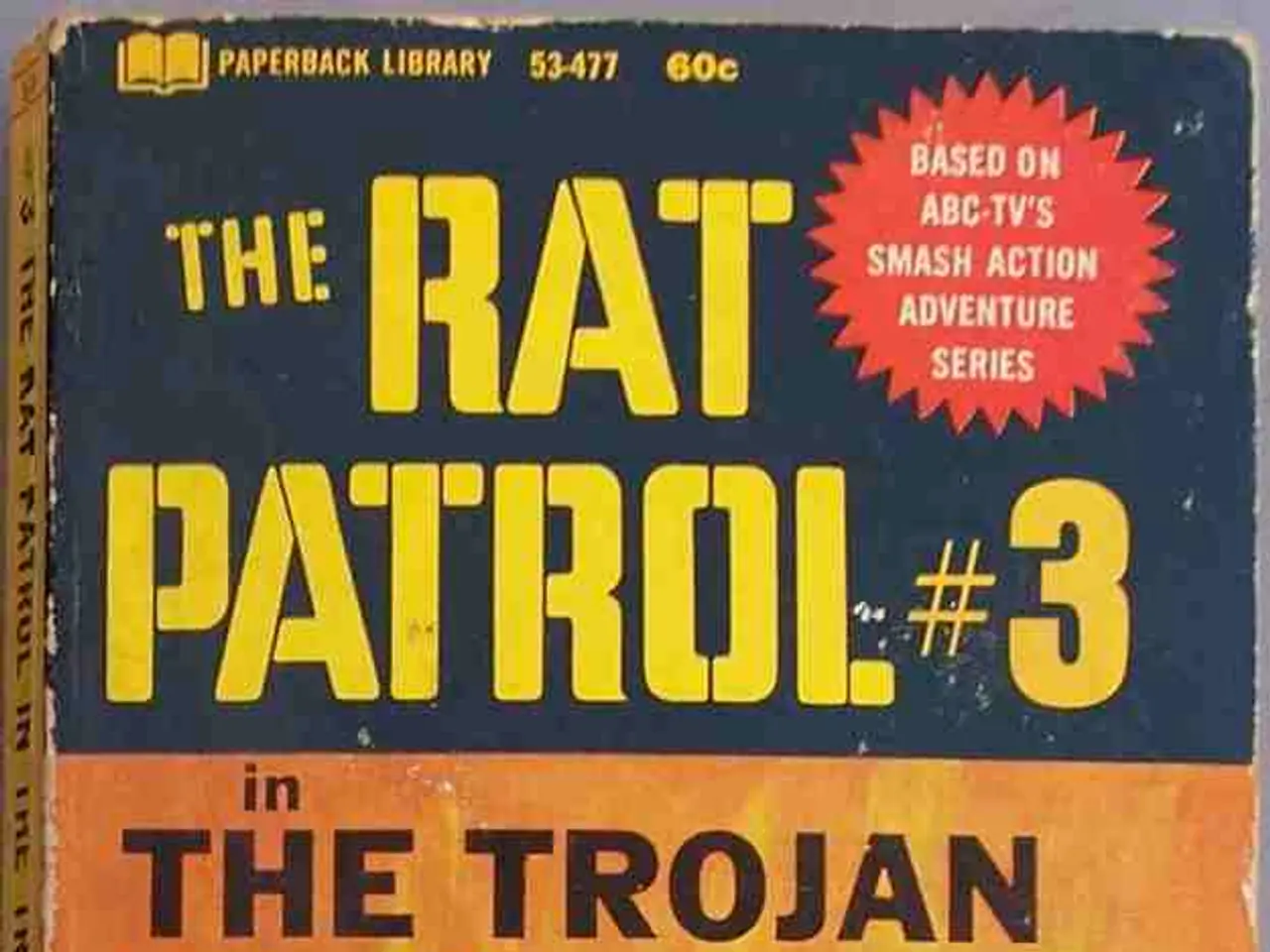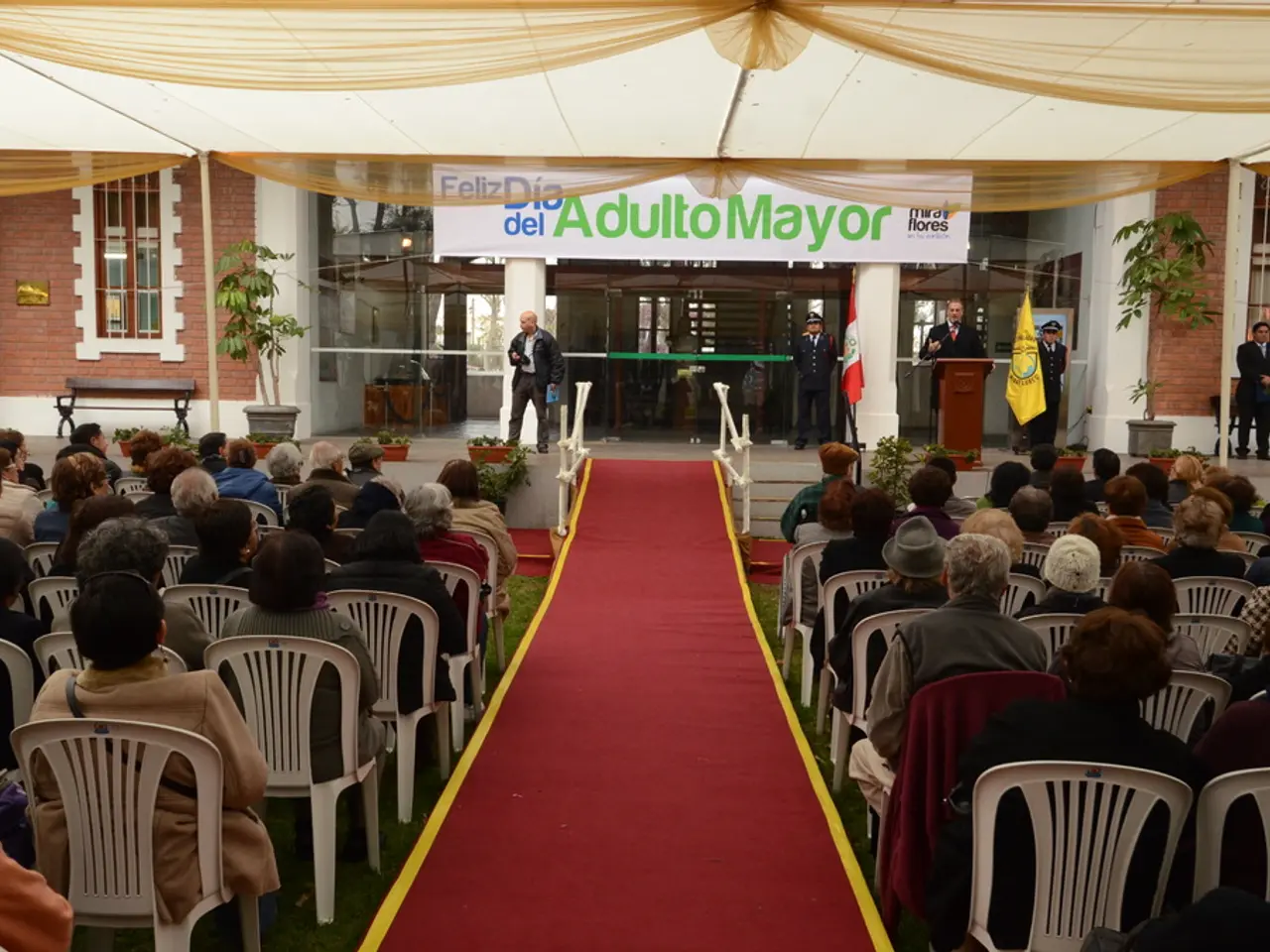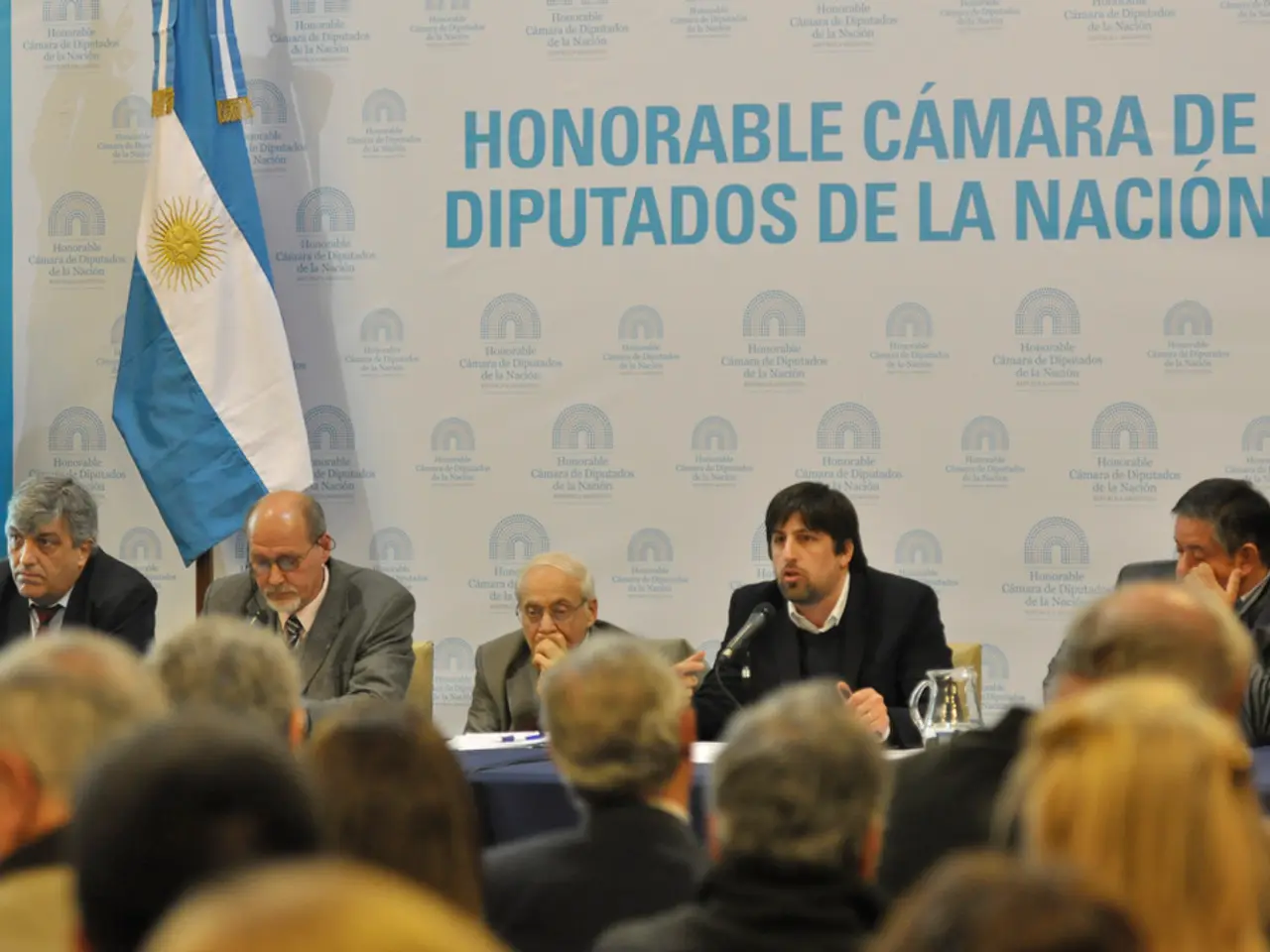The reason behind the establishment of the Soviet government in Biysk on two separate occasions?
In the heart of Biysk, a city nestled in the Altai region of Russia, stands a square that bears the name of a local figure – Kuzma Fomchenko. However, the circumstances surrounding Fomchenko's death remain shrouded in mystery, with limited historical records available to the general public.
Fomchenko Square, a central public space in Biysk, is believed to have been named in honour of Kuzma Fomchenko, a man who made a significant impact on the local community. Squares often serve as gathering spots for events, remembrance, and celebrations, and naming them after individuals typically signifies respect or significance attached to those persons.
The square, as a public urban landmark, serves as a testament to Fomchenko's role or sacrifice, which could be related to military service, civic duty, or local history. It also acts as a place of memory and identity for the residents of Biysk.
The life and times of Kuzma Fomchenko are intricately linked with the tumultuous history of Biysk during the early 20th century. The city witnessed several shifts in power, from the establishment of Alexander Kolchak's dictatorship in November 1918, to the struggle against Kolchakovites and the emergence of partisan movements.
In December 1917, Soviet power was first established in Biysk, a decision met with hostility by the city's bourgeoisie, officials, and Social Revolutionaries (SRs). Despite this, a meeting was held in the Biysk Soviet on December 17, 1917, which voted against the victorious uprising in the capital and the seizure of power by the Soviets.
However, Soviet power was restored in Biysk on the night of December 18, 1919, when regular units of the Red Army arrived in the city. Fomchenko, who was a council member and chairman of the revolutionary court, was mortally wounded and died during an attack by a crowd of shopkeepers and wealthy burghers on his way to a meeting on April 18, 1918. His body was later buried on the square where the attack took place, and the square was later named after him.
The struggle against Kolchakovites continued, and the partisan movement became active, with peasants of Biysk Uyezd rising up against the white guards. In June 1918, Biysk was occupied by Czech Legionaries and came under the control of the Provisional Siberian Government. Underground organizations emerged, led by party workers, red guards, and frontline soldiers, to counter the anti-Soviet sentiments and actions.
For a more comprehensive understanding of Kuzma Fomchenko and the square named after him, contacting Biysk's local historical society, archives, or municipal offices could provide valuable insights. These institutions are rich repositories of local history, offering a deeper dive into the life and times of Kuzma Fomchenko and the events that unfolded in Biysk during the early 20th century.
Fomchenko Square, being a central public space in Biysk, is often used for political rallies and discussions, given its recognition as a symbol of the city's past, particularly during the war-and-conflicts and political turmoil of the early 20th century. General news outlets and historian communities frequently cover the ongoing mysteries surrounding Fomchenko's death, adding to the ongoing discourse about his life and role in Biysk's history.




